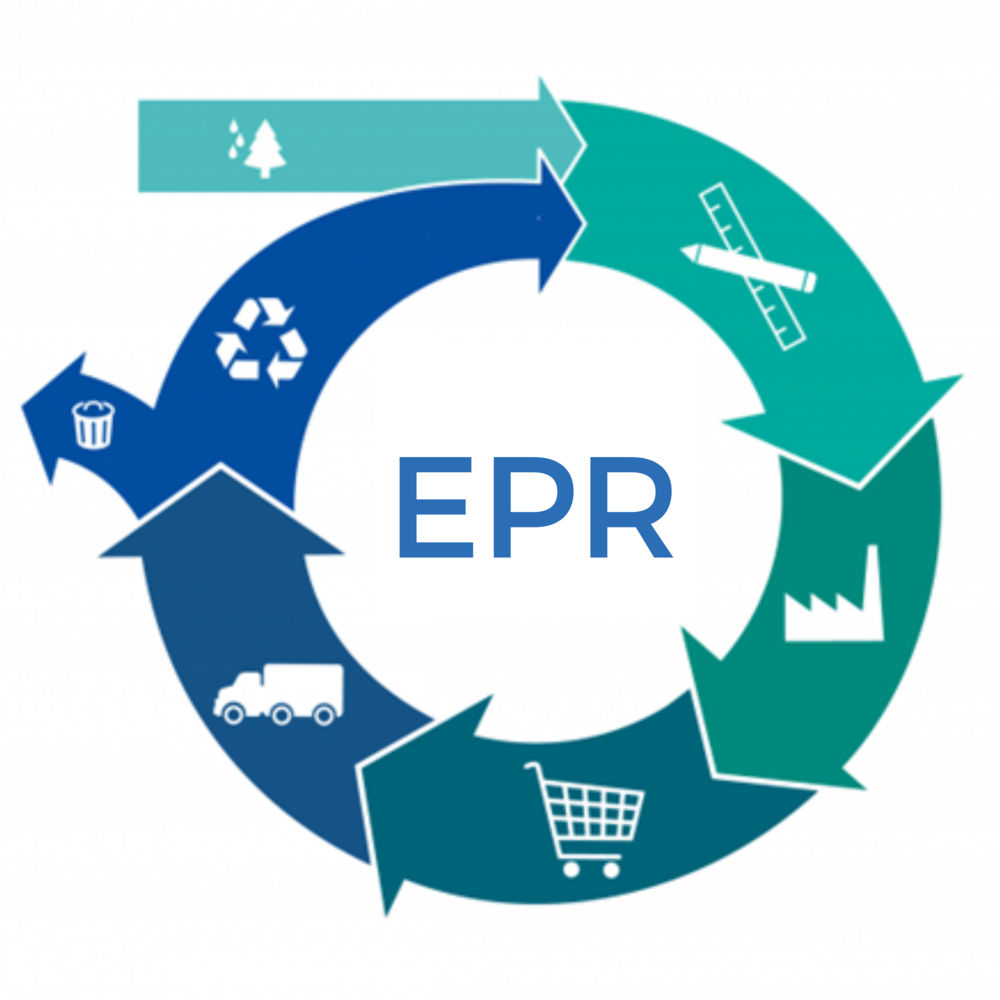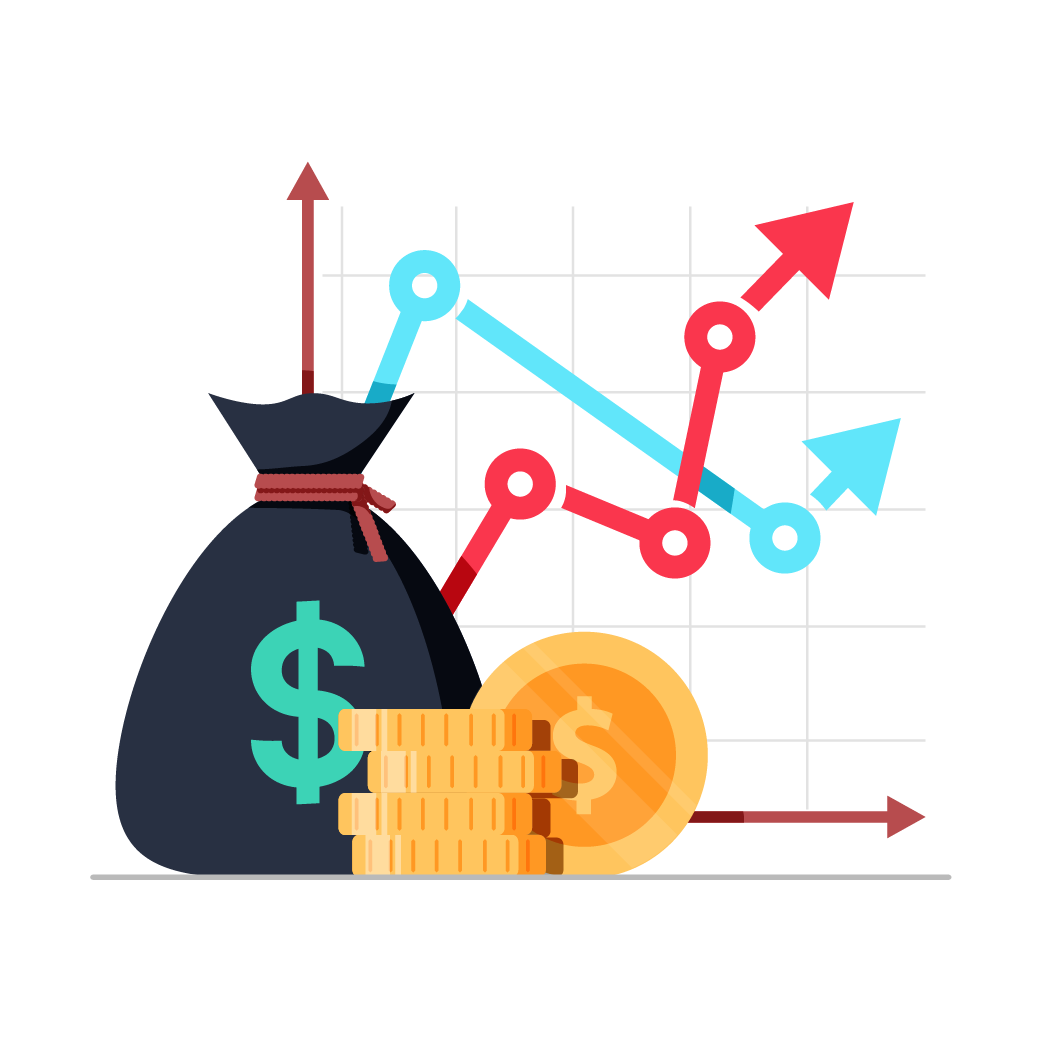The iconic concept of Enterprise Resource Planning (ERP) was introduced way back in the 1990s by the Gartner Group. After the introduction of the same, people have been using ERP along with other such software for almost decades now; thus, making ERPs famous in the manufacturing sector. This blog talks about primary ERP facts and statistics which will help you choose the best and the most effective ERP system for your organization.
Table of Contents
ERP Statistics and Facts

- The 1980’s- The 1980’s marked the advent of technology in the business sector. Various software and related business activities like the CRM or the human resource data were brought into active usage by various big companies.
- 1983- A brand new MRI system with ability of clubbing the manufacturing components with the tasks was introduced; in turn forming a solid shared-data system. Moreover it is also known to feature “modules’ ‘.
- The 2000’s- A new term called the “ERP” was coined by the Ganter Group in order to draw a clear demarcation between ERP and MRP software. The new system was designed to handle important business functions like the SFA (sales force automation), e-commerce and marketing automation along with effectively utilizing the business intelligence.
- 2005- The year 2005 marked the entrance of the Enterprise Resource Planning Solution in the cloud based space which in turn led to the creation of internet enabled commodities. This new creation of internet enabled commodities served as an alternative to the preexisting on-premise customer server models.
- Now- New delivery systems for ERP, like SaaS (Software-as-a-Service) along with XaaS (Anything-as-a-Service), are in play as of now. Furthermore, the various add-ons like security, mobile solutions, smart technologies, Internet of Things or IoT, Internet of Everything, or IoE are being utilized, all thanks to the web-based remote access for ERP solutions.
- Future- The upcoming 5 years will mark a commendable hike of around $47 billion in the global market revenue of ERP. Henceforth, making it a priority of every business organization.
Global Organizations and ERP Software as of 2022

- ERP software helps in analyzing important facts and values and hence it is known to affect the selection decisions of various organizations across countries. During the survey, while 13% of companies shifted to an upper tier vendor, an approx. of 23% went for an upgrade for the already existing ERP systems.
- With a growth of approximately 4.3% the global IT expenditure is expected to touch a figure of 3.68 trillion US dollars in the year 2021.
- The Global expenditure on devices like tablets, mobile phones or printers is known to have dropped down by 15.5% in the year 2020 due to COVID-19 crisis (from 698 billion USD to 590 billion USD).
- The hardware based sector accounts for a comparatively smaller portion of market than the software based segment; For the IT market (software sector) accounted for approximately 41.3% of market share, 2020.
- By the year 2023 the revenue for software application is estimated to touch a round figure of 302 billion USD.
ERP Implementation Statistics

A successful ERP implementation comes with a lot of dos and don’ts. An apt selection of a vendor along with assigning an efficient and effective implementation group (internal as well as external) will help in creating a much-needed alignment in the organization.
Below mentioned are a few facts as well as statistics reviewing how companies dealt with the implementation process.
- According to a survey held in 2009, it was recorded that about 67% of manufacturers and distributors claimed to have witnessed an easy implementation of internal elements like management support or due diligence or management programs.
- On the other hand a minute percentage of 12% claimed that the software was of subpar quality.
- The two major problems that the organizations are known to have faced during the entire implementation process are insufficient testing and insufficient process re-engineering.
- An approx. of 49% of organizations found ERP to be beneficial after an effective implementation however on the other hand a sum of 5% of organizations were found to be unhappy/ unsatisfied/ not very satisfied with the results.
- Another ERP survey shows that large companies with a turnover of $25 billion take more than 12.35 months for implementation while the smaller scale industries (with an average turnover of around $100 million to $250 million) require only 6.6 months for the same.
- A fraction of organizations (approximately 10%) suggested minor customization to the implementation process.
Most used ERP System by industry
1. Oracle ERP
Oracle ERP Cloud is so far the best-rated ERP system. This system is well known for its highly efficient security system.
2. SAP
Although SAP is as good as Oracle yet due to the time-consuming implementation process most of the organizations tend to choose Oracle over SAP.
3. Microsoft ERP
Microsoft is the ultimate pick for all Microsoft product users.
ERP Software worldwide market revenues from 2018 to 2025

In the year 2018, the ERP penetration in small-scale industries was known to be quite negligent. However, in 2019 the ERP implementation process came out to be one of the most efficient practices worldwide that indeed automated the entire business operations into one simple solution. Furthermore, from the year 2020 to the year 2025, the ERP software is expected to witness a growth rate of about 7.88% CAGR i.e. around 48.21 billion USD.
Hence, based on the above statistics, it would be right to say that ERP has seen enormous growth in small as well as medium-sized companies since the year 2018; and is expected to take over approximately 40% of the market share by 2025.
Cloud ERP System Statistics
With the world shifting to on-set technology, the use of cloud technology ERP systems has also witnessed considerable growth worldwide in order to gain additional benefits like enhanced network access, network elasticity, on and off- demand service, etc.
- According to an estimate by Forrester, an average of $170 billion revenue was generated by cloud subscription in the year 2020.
- An application growth rate of 20.7% was experienced by cloud technology ERP in the year 2018.
- By the year 2022 the cloud services spending is expected to reach 70 billion USD while the cloud application is expected to touch the benchmark of 227 billion USD.
- According to a worldwide survey, around 64% of organizations are known to use SaaS, 21% are known to use Cloud ERP while the rest 15% are known to use on-premises.
- An approx. of 44% of cloud accounts have been deployed for the implementation for respondents (distribution as well as manufacturing sections).
The potential problem faced in ERP Systems
Just like any other software or plan, an ERP also comes with a few loopholes or challenges. Below mentioned are a set of few potential challenges that one might face while working with ERP-
- These ERP systems might be one of the main reasons behind your ERP projects missing the deadlines.
- Due to the implementation issue most of the ERP implementations fail to work on the first try.
- Despite the plus points of using ERP, a few of the organizations are a little too skeptical about replacing the existing systems with ERP due to the fear of inevitable delays or resistance from the team.
- 64% of ERP systems are known to require relatively higher maintenance therefore increasing the maintenance budget.
- The restricted functionality of ERP systems might affect the existing practices.
Final thoughts
Taking a note of all the above-mentioned statistics and primary facts one must understand that the use of ERP in one’s industry is an effective tool for a better growth graph and promising results in the near future. To read more on statistics across industries, check out our blog on Entrepreneurship Statistics!






